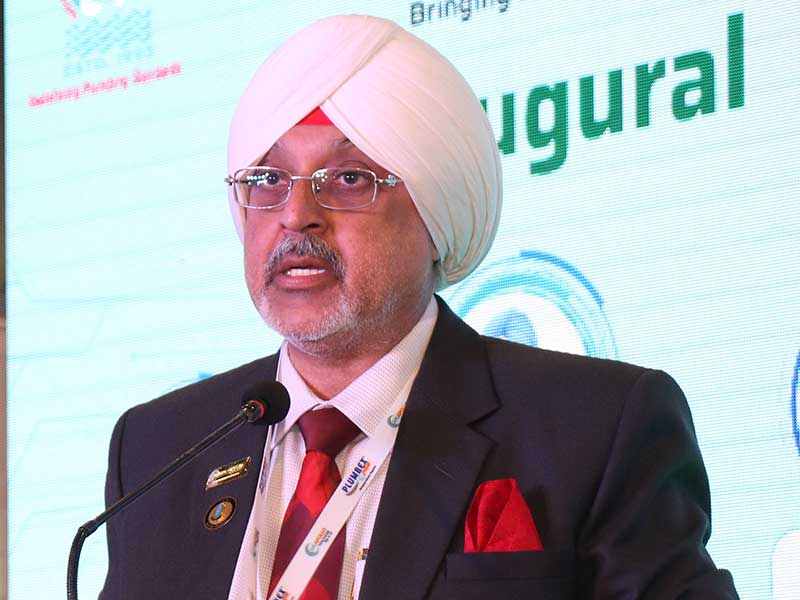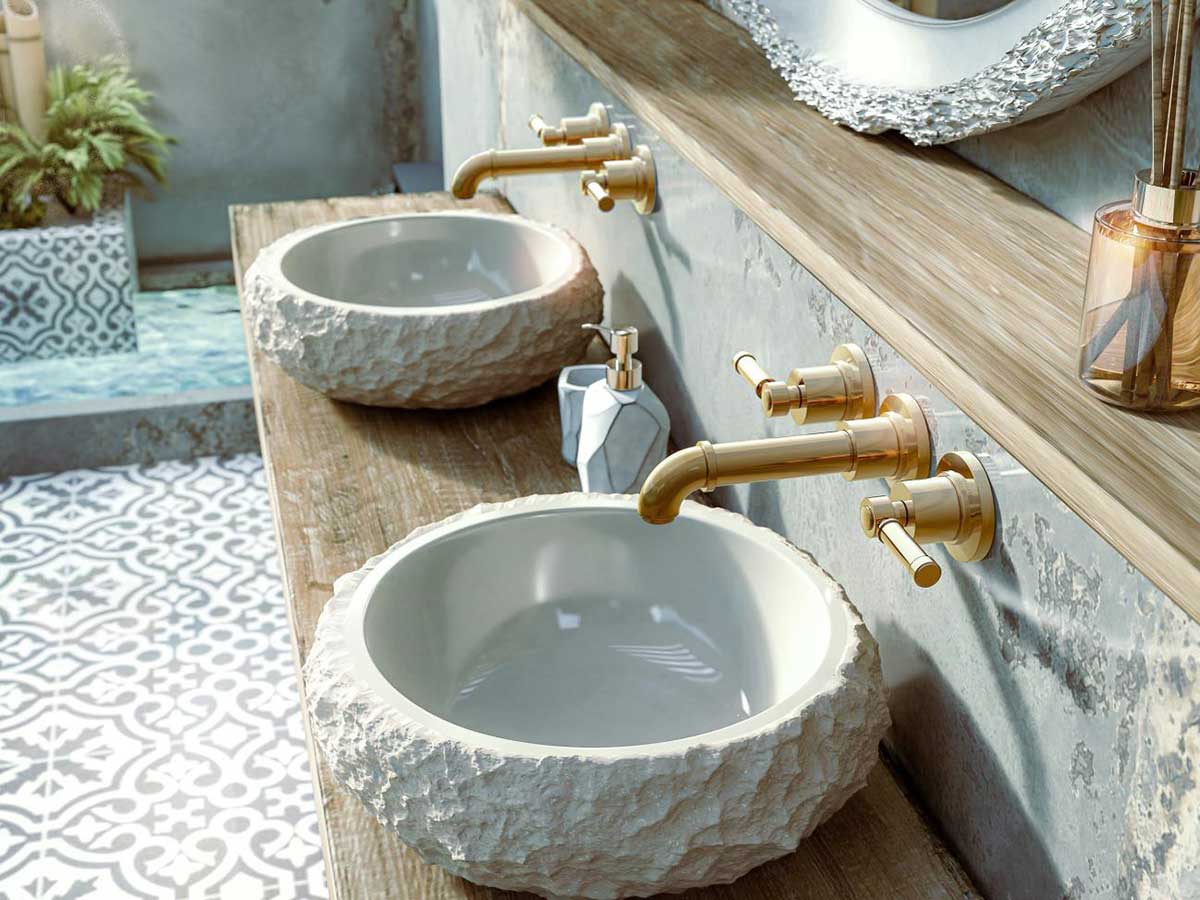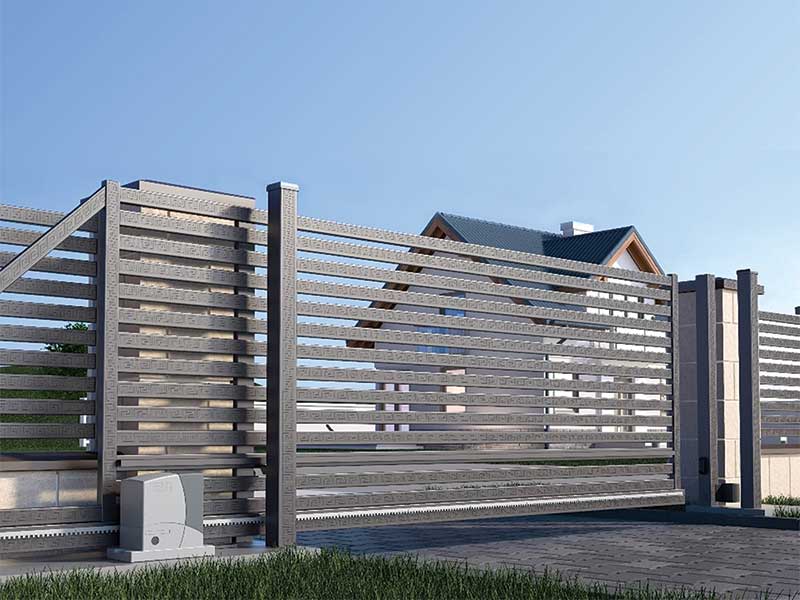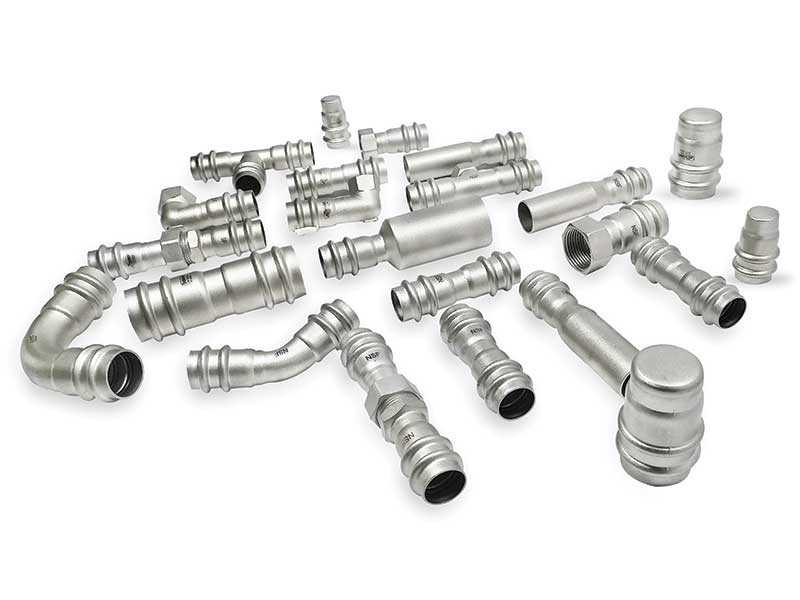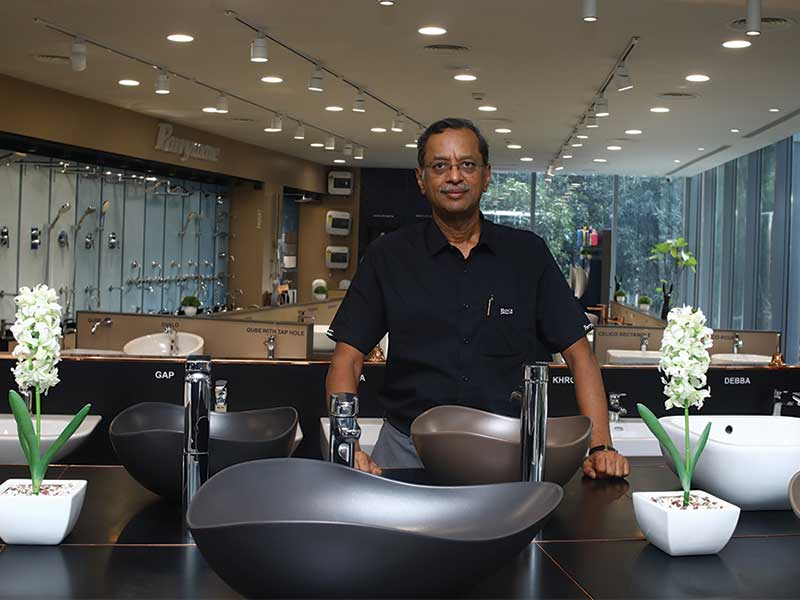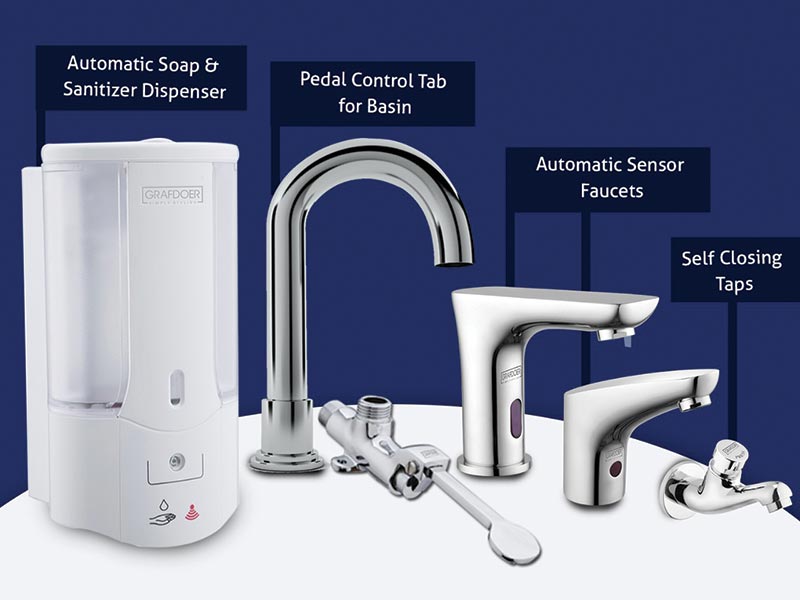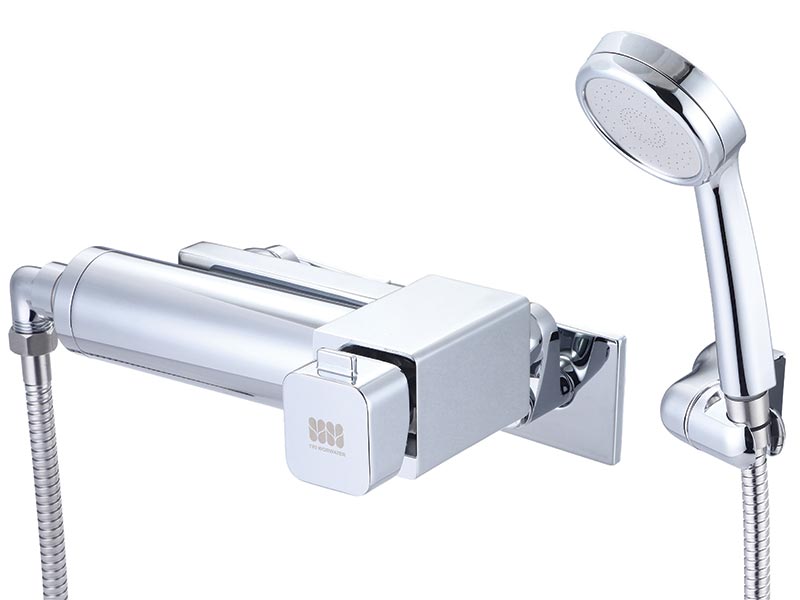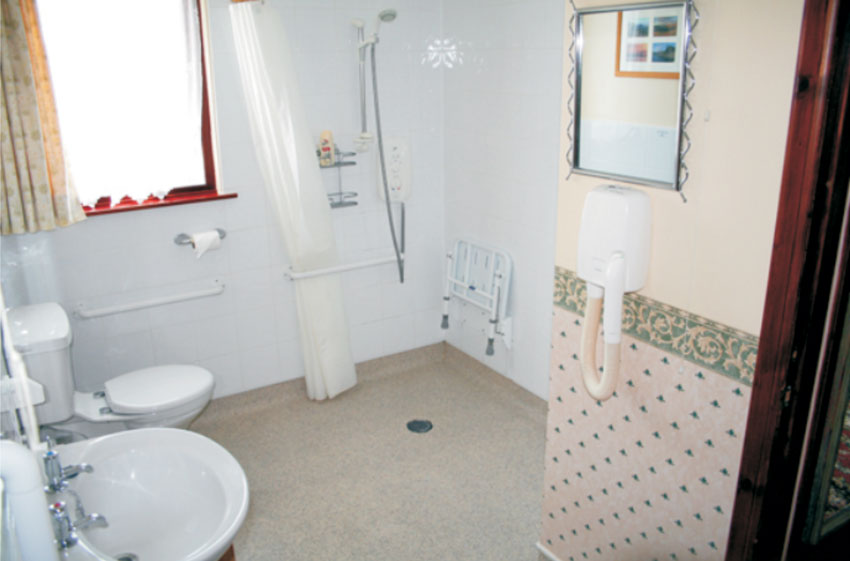
Universal is not the same as accessible, its Design is applicable not just to buildings and construction but it goes to the level of the button on your shirt or the spoon beside your dinner plate. Don't believe it...well believe it! Says Varsha Trehan.
Background
"Universal design is the design of products and environment to be usable by all people, to the greatest extent possible, without the need for adaptation or specialized design" articulated Ron Mace, thus outlining what would become a standard of usability for everyone. Essentially, it emphasizes the accommodation of maximum possible users by tweaking design of products, communications and the built environment.Consider, for example the installation of a ramp rather than a stairway in the shopping mall. "Oh, that is being considerate to the differently-enabled." Observe for a while and you may find that a simple modification draws the footfalls of the elderly, mothers-to-be and mothers with babies in strollers, that young man recovering from a football injury and of course, those on wheelchairs enjoying an unescorted outing. Similarly, that larger public restroom is friendly to the maneuvers of a wheel chair, has space for a diaper change and fits in grab rails without worrying those who don't need assistance. In all these cases, the design has gone beyond being just accessible to becoming universal. The need to look for "special" signs is eliminated and everyone is a part of the mainstream.
The concept spread and gained importance as physical and age parameters in society changed.
- Life spans increased so there are more elderly around
- More people survived longer despite disabilities
- The purchasing power of disabled and the elderly people increased
- Assistive technologies were inadequate in providing access both physical and economical
- Products and environment did not cater for the needs of the elderly
The Indian handicap
The Universal Design Concept is so far, essentially just a concept in India. Despite the international face of the economy and the global presence of its culture, we have need more than just aesthetic value-additions, or change for the sake of change. We have over 70 million disabled persons, a figure that does not account for the increasing number of elderly people and others.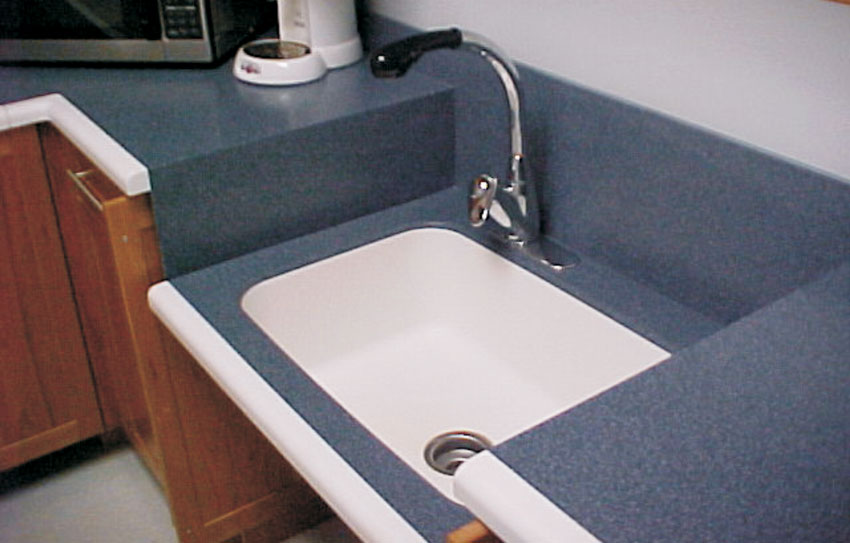
That said, Universal Design in India and other developing countries, needs to address additional issues, primarily economic and social. Poverty, illiteracy and lack of infrastructure are chief among these. Most assistive technologies are accessible to those with funds to spare. In those conditions, help to the disabled and elderly is from family. The concept that this need not be so is yet to catch on.
In terms of manpower, every disabled person who cannot leave home to learn and work means at least one more person who is cut off from the same opportunities because of the need of an attendant for the disabled one. In India, "attendant" more often than not, translates into a "female member of the family". Then there are cases like the heart-rending one of handicapped girls of a village unable to attend school, because they could not access the toilets there. Worth considering, especially in view of a recent study declaring that India would have been a richer country had we had more working women among us.
Several urban infrastructure projects also fail to achieve enough because their planning is a victim of tunnel vision. See only what is straight ahead. So we have large housing projects that depend on underground water sources for sustenance or drain sewage in to the water source for the farmlands just ahead; expressways that cater for high speed traffic and forget pedestrian crossings and bus shelters in areas with industries on both sides of the expressway; or BRT projects that slip-up on accessibility to those who will use the buses—the passengers themselves. Actually, the Indian cyclist and pedestrian must be "the most ignored community" in terms of convenience. Think about it.
Conclusion
The intent of universal design is to simplify life for everyone by making products, communications, and the built environment more usable by as many people as possible at little or no extra cost. A slight moment of thought at the planning stage may actually cut overall costs in time and money.Sometimes small changes can make the difference. There is no need to reinvent the wheel.
Principles of Universal Design
One — Equitable UseThe design is useful and marketable to people with diverse abilities.
Example: A rubber grip door knob or the lever variety is more operable than a round smooth knob.
Two — Flexibility in Use
The design accommodates a wide range of individual preferences and abilities
Example: Slightly lowered switches suit children, wheelchair users and everyone else too. Power on!
Three — Simple and Intuitive Use
Use of the design is easy to understand, regardless of the user's experience, knowledge, language skills, or current concentration level.
Example: An embossed graphic on a sign guides the literate, the foreigner, the illiterate and the blind. So you are not just on your way, but you know where you are going too!
Four — Perceptible Information
The design communicates necessary information effectively to the user, regardless of ambient conditions or the user's sensory abilities.
Example: A telephone headset that can be usable with a Telecommunications Device for the Deaf (TDD). Well, those who can hear can forget to switch off the burner under the milk and need to make that desperate call home to alert the deaf maid, can't they?
Five — Tolerance for Error
The design minimizes hazards and the adverse consequences of accidental or unintended actions.
Example: A cup with a comfortable grip, matt surface and a break resistant material. Butter fingers rejoice! The days of crying over spilt milk are over.
Six — Low Physical Effort
The design can be used efficiently and comfortably and with a minimum of fatigue.
Example: Multiple and multi-level work surfaces say in the kitchen or adjustable ones at office workstations. Cooks or workers come in all shapes and sizes, don't they? Keep their backs happy I say.
Seven — Size And Space For Approach And Use
Appropriate size and space is provided for approach, reach, manipulation, and use regardless of user's body size, posture or mobility.
Example: Cell phones with easy-to-use keypad. Congratulations, you finally got that high-end business phone. Ok, so got the screen but you can't see the keys…that don't impress me much.




